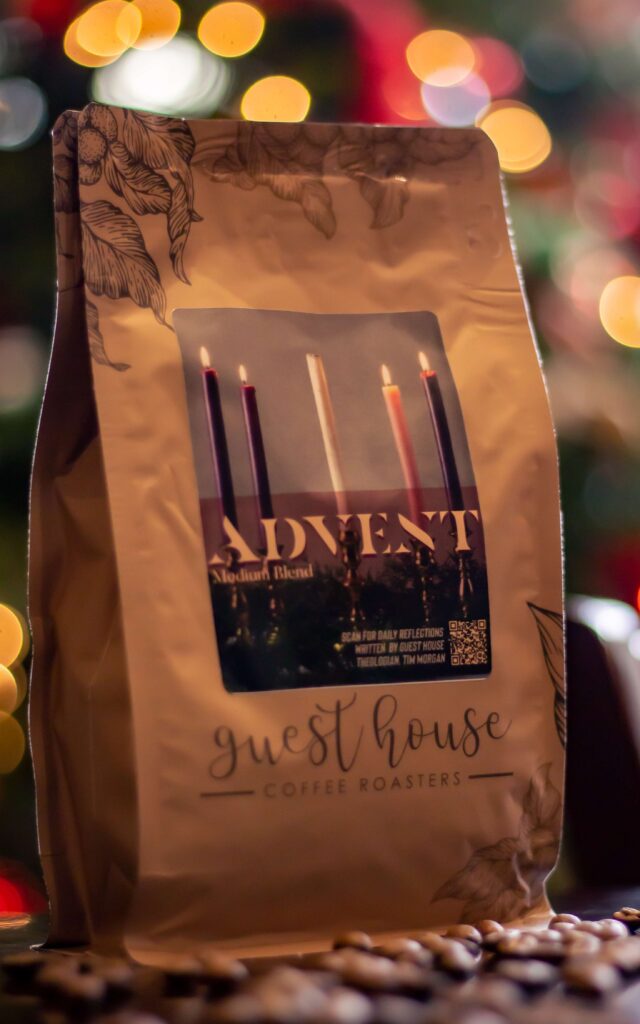I am a little weary of my life—
Not thy life, blessed Father! Or the blood
Too slowly laves the coral shores of thought,
Or I am weary of weariness and strife.
Open my soul-gates to thy living flood;
I ask not larger heart-throbs, vigor-fraught,
I pray thy presence, with strong patience rife.
– Diary of an Old Soul, George MacDonald
“The cords of death encompassed me; the torrents of destruction assailed me; the cords of Sheol entangled me; the snares of death confronted me” (Psalm 18:4-5).
Mortality is the landscape which we occupy. It is the vine which stretches into, weaves through, wraps around all of our experience. Death, the question mark into which the river of life drops off, is a brute fact that refuses all negotiation. From our perspective, it’s a totally irremediable ailment which whispers its threat to everything in every moment. In a sense, death is time as we know it—indeed, life as we know it. Death is our world (see Romans 5:12-14).
The psalmist expresses our situation aptly: “The cords of death encompassed me” (Psalm 18:4). We are bound by it, impotent before it. The Lord, however, is not. He continues, “In my distress I called upon the Lord; to my God I cried for help. From his temple he heard my voice, and my cry to him reached his ears” (Psalm 18:6). And then God comes. To death’s eyes, the Lord comes as apocalypse, as terror, mighty warrior, and resolute judge. He razes the earth, tearing apart its mortal shell, and he delivers us from death’s white-knuckled fist (Psalm 18:15-19). The Lord’s coming is the de-creation of death’s world, with all the delusions of durability and power its imperial vassals enforce (Isaiah 2:17-22).
To our eyes, the Lord comes as consolation and peace (see Luke 2:29-32, traditionally called the Nunc Dimittus from the Latin Vulgate’s translation of “now you let depart”). In the darkness of death’s affliction, our eyes behold God’s salvation. That reorders our relation to death and, thereupon, our whole way of living in the world. At the furthest extent of Christ’s physical vulnerability, his birth and death (the extremities of human life), death’s significance is reconfigured. The apostle Paul writes, “he died for all, that those who live might no longer live for themselves but for him who for their sake died and was raised” (2 Corinthians 5:12). God’s act in Christ’s coming effects death’s own demise. In fact, Christ uses it for his own purposes (Philippians 1:21). In Christ, through God’s act of resurrection, mortality is swallowed up in life (2 Corinthians 5:4). This determines the meaning of our lives beyond death’s pale, beyond the extremities of our lives (see Luke 20:34-36, a strange passage, but best understood in light of this closed circuit of birth and death).
Christ’s coming founds our hope. It enables us, by faith, to encounter all affliction, all suffering, with perseverance and true liberty (1 Thessalonians 3:3-4). In view of Christ’s coming, we live our lives in his world, according to his order (the order of love; 1 Thessalonians 3:12-13). Today, I’d ask you to meditate on how wide-reaching death’s influence is in our world; that, but also how radical is the effect of Christ’s resurrection: in him, death has been rendered impotent.
Further Reading: Psalm 18:1-20; Isaiah 2:12-22; 1 Thessalonians 3:1-13; Luke 20:27-40
Written by Guest House Theologian, Tim Morgan. These reflections are a complimentary addition to our Advent Blend Coffee Bags. Scan the QR code each day to read the most recent reflection.

More Advent reflections can be found here.